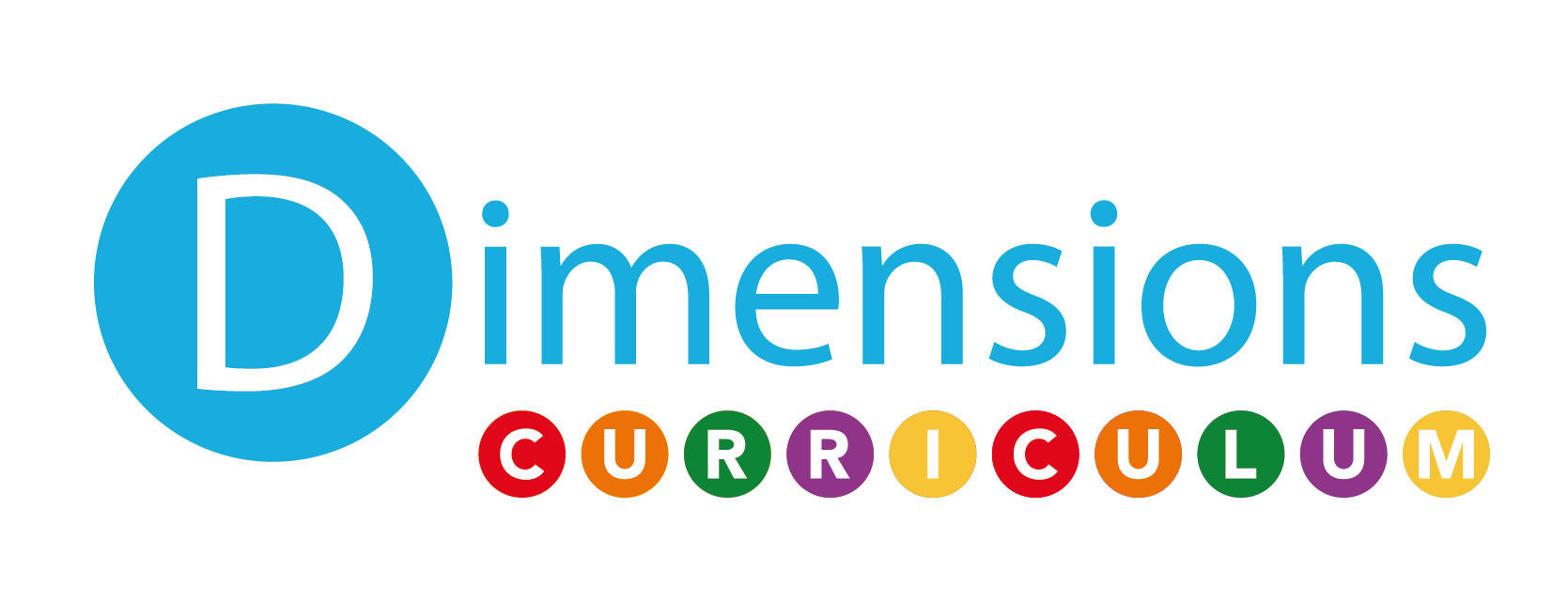
How two vital Dimensions make all the difference
Have you ever wondered how we got our name and what it means?
Now, you may think we picked it because it sounded good (and we hope you’ll agree, it does!). Yet the true meaning behind our company name is actually far more relevant, and carefully chosen to demonstrate exactly what it is we do and why.
The Oxford English Dictionary defines a dimension as “a measurable extent of a particular kind, such as length, breadth, depth, or height.”
We believe the curriculum should have two essential dimensions: breadth and depth.
Here at Dimensions, we hate to think of the curriculum as flat and uninspiring. Instead, we see it as something that is both dynamic and energising. We believe it should provide a holistic approach to educating pupils and produce tangible outcomes that make a real difference.
In short, we believe a multi-dimensional approach to the curriculum is essential and, to achieve that, we focus on these two key dimensions of curriculum breadth and curriculum depth.
While Dimensions began with a clear vision for these two dimensions, our definition of them has sharpened during our educational journey over the past ten years of training, consultancy and producing resources for the classroom.
Let’s break it down and see what curriculum breadth and depth mean to us, and how we strive to bring these dimensions into every classroom.
What is curriculum breadth?
We all need to possess a breadth of knowledge and skills to navigate daily life – both personally and professionally. Our work instils this into children across the curriculum, so they leave school with expertise, confidence and an awareness of how to thrive. After all, setting young people up for a successful and fulfilling life is surely one target every educator wants to hit!
Breadth also applies to pedagogical approaches. It’s one thing to understand education isn’t “one size fits all” but putting this into practice is crucial to ensure each pupil is involved, informed and inspired. A range of pedagogical approaches, of which peer tutoring might be just one example, is our starting point for exploring and adapting the curriculum to include all learners.
Thirdly, breadth applies to learning experiences that help pupils to develop a better awareness of the world around them. ‘Cultural capital’ springs to mind here. Experiential learning leads to a more balanced outlook for pupils, making learning outcomes more memorable, which can only be a good thing! The breadth we offer through our curriculum takes learning further.
Dimensions Creative Curriculum brings the curriculum to life to empower pupils to take their new-found breadth of skills and knowledge out with them into the wider world.
What is curriculum depth?
A deep curriculum has many features. It brings meaning and relevance to learning, so pupils not only understand what something means but see how it applies to real-life. Using first-hand learning experiences as a primary source of information offers unique insights into a subject matter. Meeting a South African visitor who experienced the apartheid era, for example, inspires a deep and memorable learning experience which pupils are unlikely to forget in a hurry.
Depth also comes from cohesion – connecting and integrating subjects and linking ideas to offer a more joined-up learning experience. Integrating subjects helps learners make connections between different areas and apply skills and knowledge gained in one area to enhance their learning in another.
A recent Ofsted report, for one of the schools we work with, highlighted how well subject integration can work:
“… pupils recall making models in art of volcanoes they had learned about in geography. They mixed water, vinegar and bicarbonate of soda and observed the reaction in science.”
A deeper approach to the curriculum also brings with it opportunities for inquiry. We believe pupils should have the chance to reflect upon and even sometimes challenge what they’re being taught.
We strive to encourage pupils to work things out for themselves and give them the time to establish (and evolve!) their own ideas and opinions. Catalyst questions like “What’s the best invention ever?” encourage and nurture high-order and creative thinking skills, along with pupil-led activities, which also encourage independence and develop confidence.
Adding depth to the curriculum means giving pupils access to information from a range of sources and viewpoints, expanding their learning beyond the classroom and their local community to inspire them to become educated citizens of the world.
Finally, curriculum depth means we can inspire learners to develop their own authentic end products. They can see tangible outcomes to their learning and use their experiences to inform their behaviour and thinking beyond the classroom. A good example of this is a group of young pupils organising an event, with the help of their teacher, to raise money for the Malala Fund. What better way to use their learning about gender equality for good?
The Dimensions difference
We aren’t just about coverage. Our driver is learning! Bringing breadth and depth to the curriculum is our specialism and we have spent the past ten years doing just that.
Our multi-dimensional approach embodies curriculum breadth and depth, and this theme runs through all of our work.
So, what is in a name? Hopefully, we’ve given you an insight into how our company name reflects our work, our outcomes and our attitude to learning.
In partnership, we work with you to bring those key dimensions together to make a positive change and a real difference.









